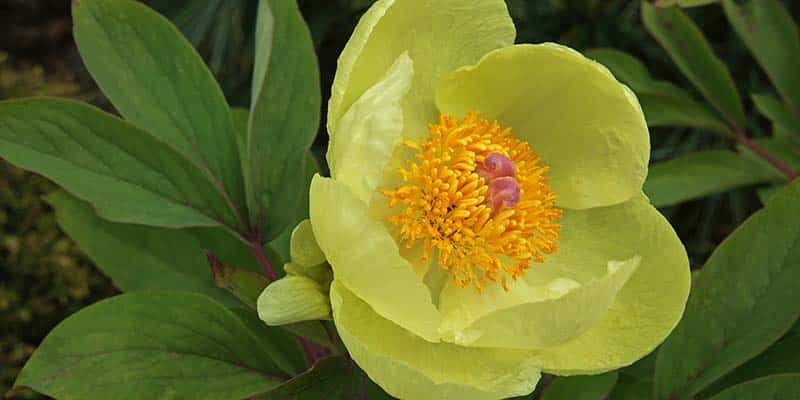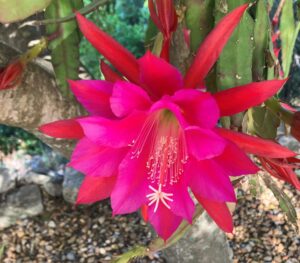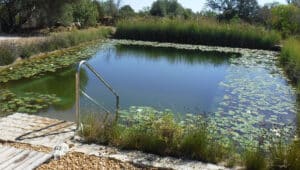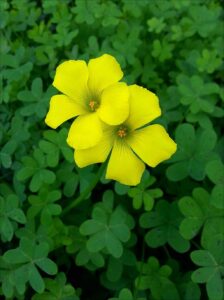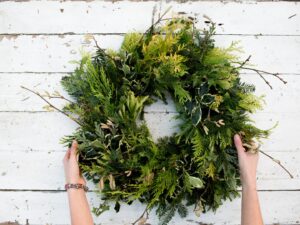There is an interesting tension between gardeners and botanists on the subject of plant names because they use names for different purposes. Gardeners use names that give universal labels that can be used and understood by anyone. Scientific names are in Latin because when the present system was developed, Latin was the language of science.
The man himself who invented the current binomial system has been latinised from Carl von Linné to Linneaus. Don’t be afraid of Latin, it is just another specialist jargon and no one knows how it should be pronounced except the Romans, and they are not around to argue!
Recently, it has become much more important to botanists that plant names accurately reflect the evolutionary relationship between the species. The science of plant classification is called taxonomy.
All well and good, but what do gardeners need to know to understand and make best use of plant names? Is botanical Latin just a conspiracy designed to make the rest of us feel stupid? I think it is worth taking some time to get names correct, if only to get the correct plant.
Plant names are hierarchical, the different levels fitting inside one another like Russian dolls. Botanists use many levels for accuracy but, for gardeners, three levels are important. These are Family, Genus and Species – the rule being that family names are in normal type but genus and species are in italics (not sure why, but that is the rule).
Following the Linnean system, classification is based on the flowering parts of plants, so families are groups of plants with roughly similar flowers. Linneaus popularised his system by using a network of pupils spread through Europe and also by emphasising the sexual aspect to the classification of plants – he did not recommend botany as a suitable study for “easily excitable young women”.
For gardeners, plants are rarely arranged according to their family, but knowing the family a plant is in can tell you a lot; and identifying plants usually starts with trying to allocate it to a family.
How do you tell the difference between a botanist and a gardener? A botanist will ask what family a plant is in and a gardener will ask how big it grows.
To take one example, the pea family or Fabaceae (known as the Legumes) with the defining characteristics being the nitrogen fixing nodules on the roots and very distinctive pea-like flowers. This plant family has everything from annuals, herbaceous perennials and vegetables, shrubs and trees.
This family is also well represented in the Algarve flora – lupins, lathyrus, coronilla, genista, judas tree and the carob tree, as well as the favas and all the bean family in the vegetable garden. Many are drought-tolerant and well adapted to use in our Algarve gardens.
A good way to find suitable plants for our Mediterranean gardens is to look out for other members of successful plant families already established here, for example the mint family. The botanical name Labiatae refers to the tongue-like lower protrusion seen on flowers.
Another great way of identifying plants in this family is the generally distinctive square section to the stems. This family contains really useful garden plants such as lavenders, phlomis, rosemary, stachys, plectranthus and vitex. It also contains many aromatic herbs such as mint, basil, oregano, thyme and sage. Not surprising to learn that this family alone has 238 genera and 6,500 species for you to choose from!
A final word of warning, plant names on nursery labels or in catalogues are generally there as a guide only. A nurseryman once told me the best plant is any sold plant. There are examples of good practice about in the trade but it really is ‘buyer beware’ in many garden centres and nurseries, both here and in other countries.
Our reluctance to use Latin names almost forces growers to go for the transforming and more attractive common names such as ‘Snow Queen’ – a rose, a phlox and a hydrangea have this name.
I know, I know, a rose by any other name would smell as sweet, but for the true plant nutter looking for Paeonia mlokosewitschii then only the real thing will do, so if you can’t say it, just point!
With grateful thanks to Ken Thompson “An Ear to the Ground” and David Mabberley “Mabberley’s Plant Book”.
By Rosie Peddle
|| features@algarveresident.com
rosie@thebtf.net | 289 791 869
Mediterranean Gardening Association – Portugal







